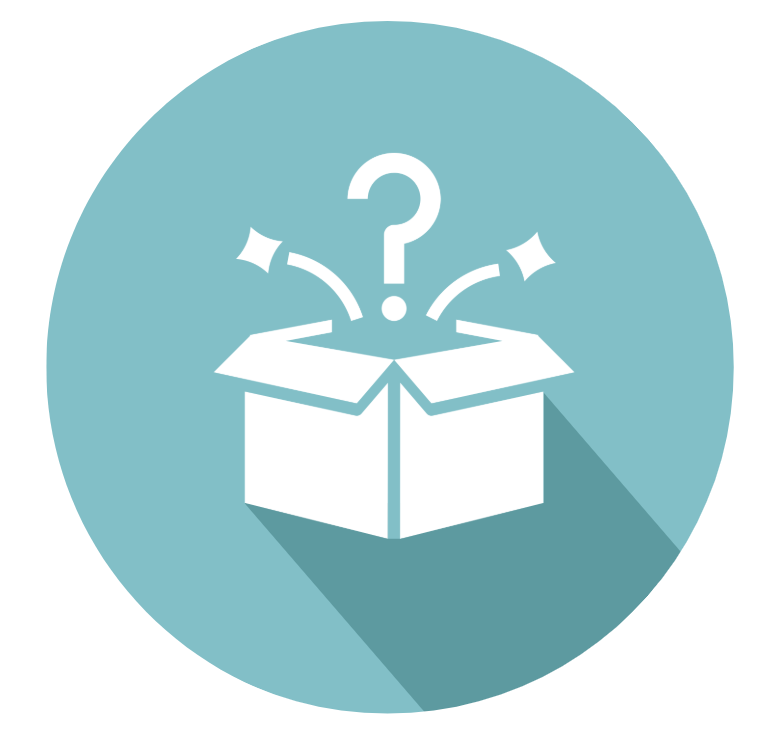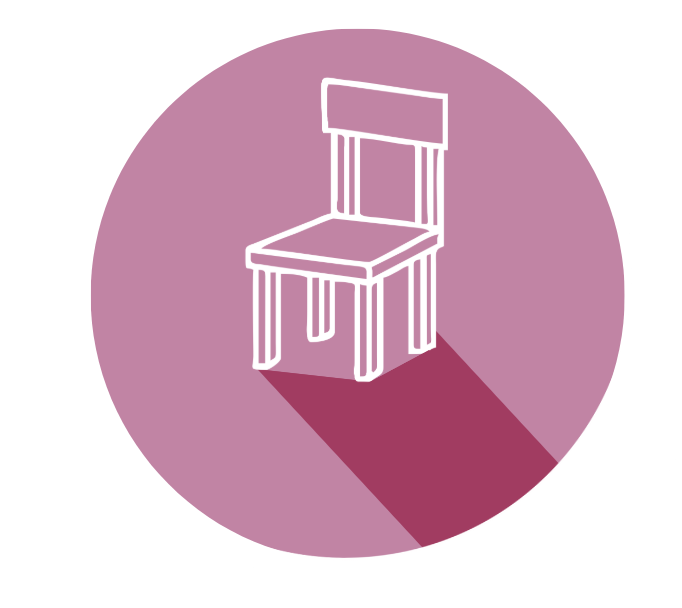Surprise! Drive Customer Engagement with Strategic Unexpected Moments
Relevant topics Archive, Strategy
Did you happen to stroll through the busy streets of Italy in 2011? If you had, you’d have stumbled upon a unique pedestrian crosswalk—where all its stripes were grey, except one. A brilliantly white stripe standing out, with Mr. Clean logo on it. The unexpected contrast stopped people on their tracks and instantly communicated the brand’s promise of superior cleaning. This guerrilla marketing stunt by Procter & Gamble is a type of surprise marketing that successfully captures consumer attention through unexpected moments.
But surprise marketing isn’t just about being clever or shocking; it taps into deeply-rooted psychological processes. Brands that master it can increase engagement, improve conversion rates, and build lasting relationships with customers. However, a badly planned or executed surprise can have the opposite effect, leading to skepticism and customer mistrust.
The Psychology of Surprise Marketing
Two key psychological mechanisms underline surprise marketing: curiosity (how we emotionally respond to the unexpected) and attribution (how we interpret the intention behind a brand’s actions).
Curiosity basically creates an information gap in our brains—a moment of uncertainty that triggers either excitement or anxiety.
If the surprise is fun and engaging, it enhances brand perception. As consumers, we get excited to be part of it. 37% of people attending the 2012 London Olympics thought that Nike was an official sponsor. They weren’t. In fact, Nike employed an ambush marketing tactic by strategically placing pop-up stores and ads to create intrigue and excitement without misleading consumers.
At the same time, if the unexpected element of a surprise creates discomfort or confusion, it can put customers off. US company Mother’s Lounge initiated a 'Heartfelt' campaign in which thousands of women were taken aback by unexpected deliveries of 'You're Pregnant!' packages.
They wrongly sent congratulation cards to women who aren't expecting a baby, resulting in an online backlash and negative brand sentiment.
As consumers, we try to make sense of a brand’s motives when presented with a surprise. We either feel gratitude when the surprise has all the signs of a genuine and beneficial act. We are skeptic if the surprise appears manipulative or deceptive.
Take Kleenex’s ‘Get-Well Kits’ campaign: they monitored social media, then surprised sick customers with personalized care packages within 1 or 2 hours of people posting online. This felt personal and thoughtful, generating massive engagement, with hundreds of thousands of digital impressions and shares.
Surprise marketing reveals a dual nature of its effects. First, positive—by grabbing attention, increasing customer satisfaction, even loyalty, and lots of word-of-mouth. Secondly, negative —illiciting responses such as anxiety and distrust. For campaign managers, aligning the strategy to consumer expectations is critical. This can mean integrating the online and offline environments, and testing different surprise elements to avoid unintended negative reactions.
Burger King managed this in 2019 by hand-dellivering food to customers by its mascot. Then it featured the positive reactions of their astonished customers in an advertising campaign that garnered tens of thousands of views online.
In contrast, Gillette’s give-away was a campaign gone wrong due to execution flaws. They wanted to celebrate male customers’ 18th birthday by sending them razors and shaving instructions as a surprise gift. It generated mixed feelings when packages arrived on the wrong dates or to people who didn’t fit the bill (neither male or 18).
How To Apply Surprise Marketing to Your Business Goals
So how can you apply surprise marketing strategies successfully?
First, remember that consumers love unexpected perks. When selling direct to consumers, unanticipated rewards are proven to drive loyalty. You could inspire yourself from Kohl by adding surprise discounts at checkout. You could distribute unannounced free gifts (Macy’s loyalty members receive a surprise gift on their birthday). You could also add bonus features or free upgrades like Dollar Shave Club did when offering unexpected blade refills.
Incorporating mystery elements into marketing campaigns also works. Gamifying surprises tends to boost engagement, both in B2C and B2B. Interactive games (scratch-off discounts or spin-the-wheel promotions), hidden rewards in loyalty programs and surprise challenges on social media are just some of the tactics used by successful companies. Swoop Airlines wrote discount codes in beach sand, live-streaming the reveal, and making the promotion feel exclusive and exciting. Bookings increased by 80% over the course of the promotion, with shares going up by 17%. (The Drum)
If you aim for a stronger emotional connection with your customer base (for both B2B & B2C), experiential surprises yield better results. You can employ tactics such as exclusive VIP invitations or early access, handwritten ‘thank you’ notes or small unexpected gifts (think of Airbnb hosts who provide welcome treats), and surprise content drops for loyal B2B customers.
When Surprise Marketing Works (and When It Doesn’t)
Surprise marketing is a double-edged sword. When done right, it drives loyalty and engagement. When not thought out or poorly executed, it can lose your audience’s trust.
According to the latest research (Wenjun Emma Guo et al., 2024), consider and apply these few principles to improve your campaign chances of success.
-
- The type of surprise matters, as experiential surprises (e.g., VIP experiences) have a stronger impact than material surprises (e.g., free products).
- How customers perceive value is key: high-value surprises create excitement; low-value surprises can feel insignificant or manipulative.
- Complexity may cause confusion. Keep the surprise clear and rewarding.
- Surprise marketing works better on loyal customers than on new ones. Existing customers will feel valued, hence more open to this type of strategy.
- Choose the right delivery channel: offline surprises (e.g., in-store perks) often feel more personal than digital ones.
- Understanding where in the purchase journey your customers are, as they will react differently according to each pre, during and post purchase stage.
One of the core features that distinguishes surprise marketing from other related strategies is how it disrupts the ordinary buyer experience. Customers may have no prior expectation of the surprise (e.g., unexpected rewards, gifts, or discounts), or they anticipate it. They know a surprise is coming, but not what it is (e.g., mystery boxes, lucky draws).
As a company, you decide what, how, and when to introduce the unexpected. It’s not spontaneous or accidental. Surprise marketing is carefully designed and controlled by marketers to maximize its impact. You’ll require a strategic execution and a clear understanding of its emotional and psychological effects on consumers.
Take Home Notes
You only need to remember this case study of a highly successful controlled surprise as a marketing strategy: the 2021 movie “Spider-Man: No Way Home”.
Three actors playing Peter Parker was an eyebrow-raising moment for early viewers. But that was not the actual surprise marketing. The entire marketing strategy for that installment of the series was.
The movie trailer featured clever edits and protected the film’s biggest spoiler (Hood, 2021). The studio controlled how and when the surprise would be revealed. This fueled speculation and created buzz. It led to the movie’s exceptional box office opening (nearly $253 million), making it the most successful release in years (Mendelson, 2022).
Further Reading
-
How Attractive Design Lights Up Our Brains: The Science of Beauty and Buying
Have you ever been drawn to a product the moment you saw it? Perhaps it was the elegant curve of a chair, the seamless design of a phone, or a beautifully packaged luxury purse. That “instant attraction” isn’t a coincidence—it’s backed by science. This phenomenon is explained by neuromarketing principles, which reveal that visual design doesn’t just appeal to our eyes—it activates the brain’s pleasure and reward centers, creating an emotional connection. Products that are visually appealing feel good to look at, making them more memorable and desirable. For marketers and designers, this insight is transformative: emotional engagement with a product significantly increases its likelihood of being purchased. A recent study uncovered exactly how the brain responds to beauty in product design—and the results provide clear strategies for creating products that resonate on a deeper, emotional level.


